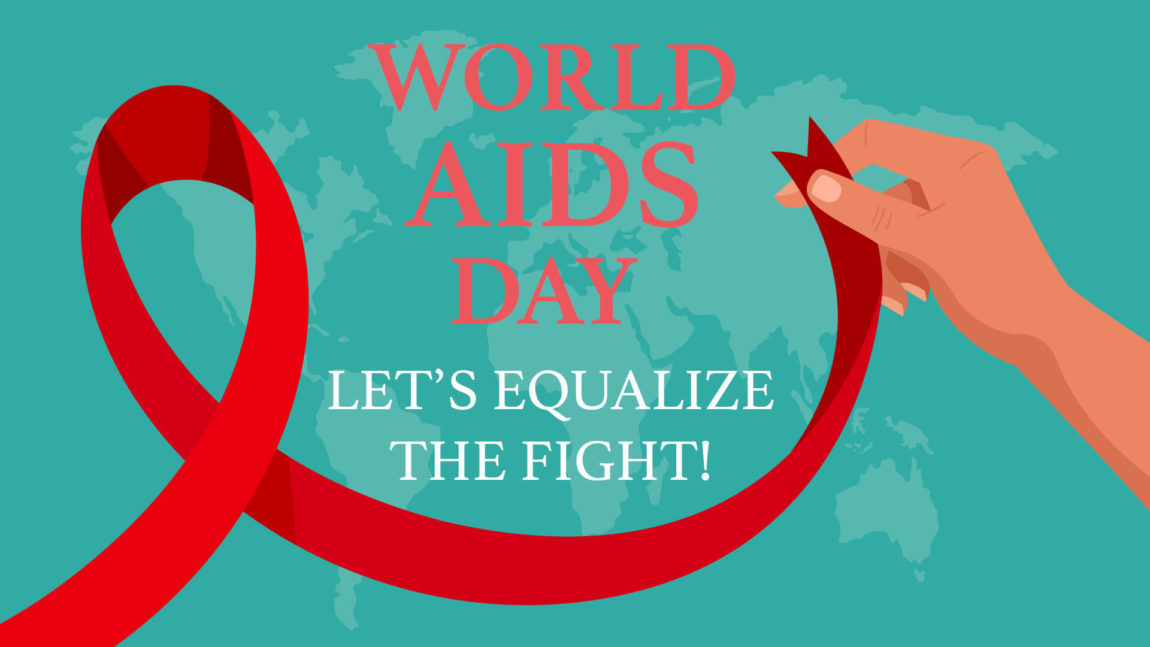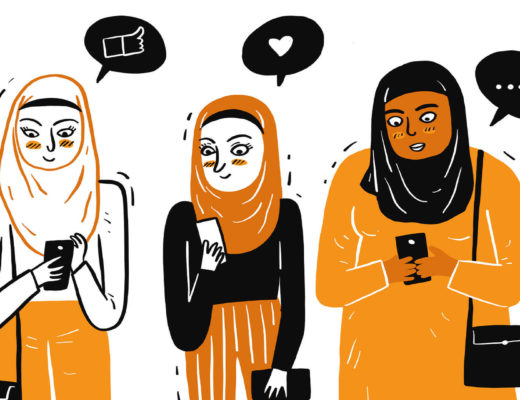Each December 1st is an opportunity to remember an everlasting fight and unite the whole world against a common enemy: HIV/AIDS.
Although a lot of breakthroughs have been made in the control of HIV/AIDS, there are still 37.6 million people around the globe living with it.1
Only in the U.S., there are 1.2 million people with HIV. And about 13% of these people don’t know they have it and need to be tested.2
If we analyze the new infections counts in the U.S., we will notice an 8% decline in new cases from 37,800 in 2015 to 34,800 in 2019. Still, 34,800 cases are a pretty big deal, especially when “HIV continues to have a disproportionate impact on certain populations, particularly racial and ethnic minorities and gay, bisexual, and other men who have sex with men.”2
Nonetheless, another important aspect to keep in mind when considering new cases are the “HIV Incidence”, which is an estimated number of infections in a given period of time; completely different from the number of diagnosed people with HIV during a given year. Meaning, some people may have HIV for some time, but they just don’t know it yet. This is why regular testing is critical in slowing down the spread and treating the disease ahead of time.
According to the Center for Disease Control and Prevention (CDC), “of the estimated 1.2 million people with HIV (diagnosed and undiagnosed) in 2019 [In the U.S.], about 65.9% received some HIV care, 50.1% were retained in care, and 56.8% were virally suppressed or undetectable.”2 And this suppression or having an undetectable viral load is crucial for protecting people with HIV, preventing the disease’s evolution.
Anyone with HIV who undergoes treatment stays virally suppressed, healthy and effectively having no risk of sexually transmitting the disease to others.
Thus, regular testing and follow-up treatment is essential to HIV prevention. “As of the end of 2020, 27.4 million people with HIV (73%) were accessing antiretroviral therapy (ART) globally. That means 10.2 million people are still waiting.”1 And this late point addresses another critical aspect that needs attention: we need to do more.
We need to create more access to HIV testing services and bring awareness of these services around the world to make sure the path won keeps its ever-growing tendency and pace.
Let’s grant communities enough power and resources to promote more testing and prevention. Let’s elaborate more partnerships and reproduce healthcare providers to reinforce and multiply treatment delivery. Let’s strengthen our community-based organizations and networks. And let’s reduce the HIV stigma that keeps a barrier between those who need help and treatment, and other less tolerant and flexible portions of our community.
Having said that, we need to end inequalities in every economic, social, cultural and legal aspects of our society, particularly those in our health system. Inequalities that prevents certain portions of our community from gaining access to health, like low-income minorities and people with non-traditional sexual orientation.
By tackling the inequalities of our systems, we are giving back those who live with HIV a chance to fight back against the disease, making important advancements in human rights. Only then can we build better prepared societies to beat HIV and any other pandemics or epidemics that threatens life, economic recovery or social stability.
And by better prepared societies, we mean political, economic and social policies changes that protect all rights equally, paying attention to all genders, sexual orientations and marginalized communities. Societies that need to reframe and restructure discriminatory laws, policies and practices to bring back balance to the survival equation.3
After all, isn’t it ironic that it only took a year or so to have a great variety of vaccines for COVID-19?
We have Pfizer, Moderna, Johnson & Johnson, Sinopharm, Sinovac, Astrazeneca in a blink of an eye, still working on second and third reinforcement shots by the way… yet, it’s been 38 years and we have no 100% effective treatments for HIV that completely eradicates the virus.
How come is this possible? Is there any reason underneath this? We need all hands on deck to get rid of this dreadful virus, just like everyone else signed-up to put a stop to COVID-19.
Let’s make that final step from planning to action and ask all governments to do the same in the fight against HIV/AIDS. Let’s unite and protect one another as we beat this virus and conquer our fears of accepting each other as one single human race. And let’s keep our promise of joining up together to beat all and any disease that endangers the lives of all of our people.
Lastly, to add up to the fight, allow me to provide some information about the spread and prevention of HIV according to the South Louisiana Medical Associates, to keep our communities informed, healthy and prepared:4
- The Spread of HIV – Transmission takes place when in contact with the following body fluids of someone infected with the HIV virus:
- Blood and Semen.
- Vaginal and Anal fluid.
- Breast milk.
- Prevention of HIV – Reduce risk of infection by:
- Using condoms correctly on each sexual encounter.
- Limit the number of sexual partners overall.
- Do not share equipment for injecting drugs.
1 HIV.gov. (2021, June 25). The Global HIV/AIDS Epidemic. Retrieved from: https://www.hiv.gov/hiv-basics/overview/data-and-trends/global-statistics
2 HIV.gov. (2021, June 2). U.S. Statistics. Retrieved from: https://www.hiv.gov/hiv-basics/overview/data-and-trends/statistics
3 UNAIDS (2021, November). World AIDS Days – End inequalities. End AIDS. End pandemics. Retrieved from: https://www.unaids.org/en/2021-world-aids-day
4 SLMA (2017, December 1). AIDS Awareness. Retrieved from: https://www.slma.cc/aids-awareness/




